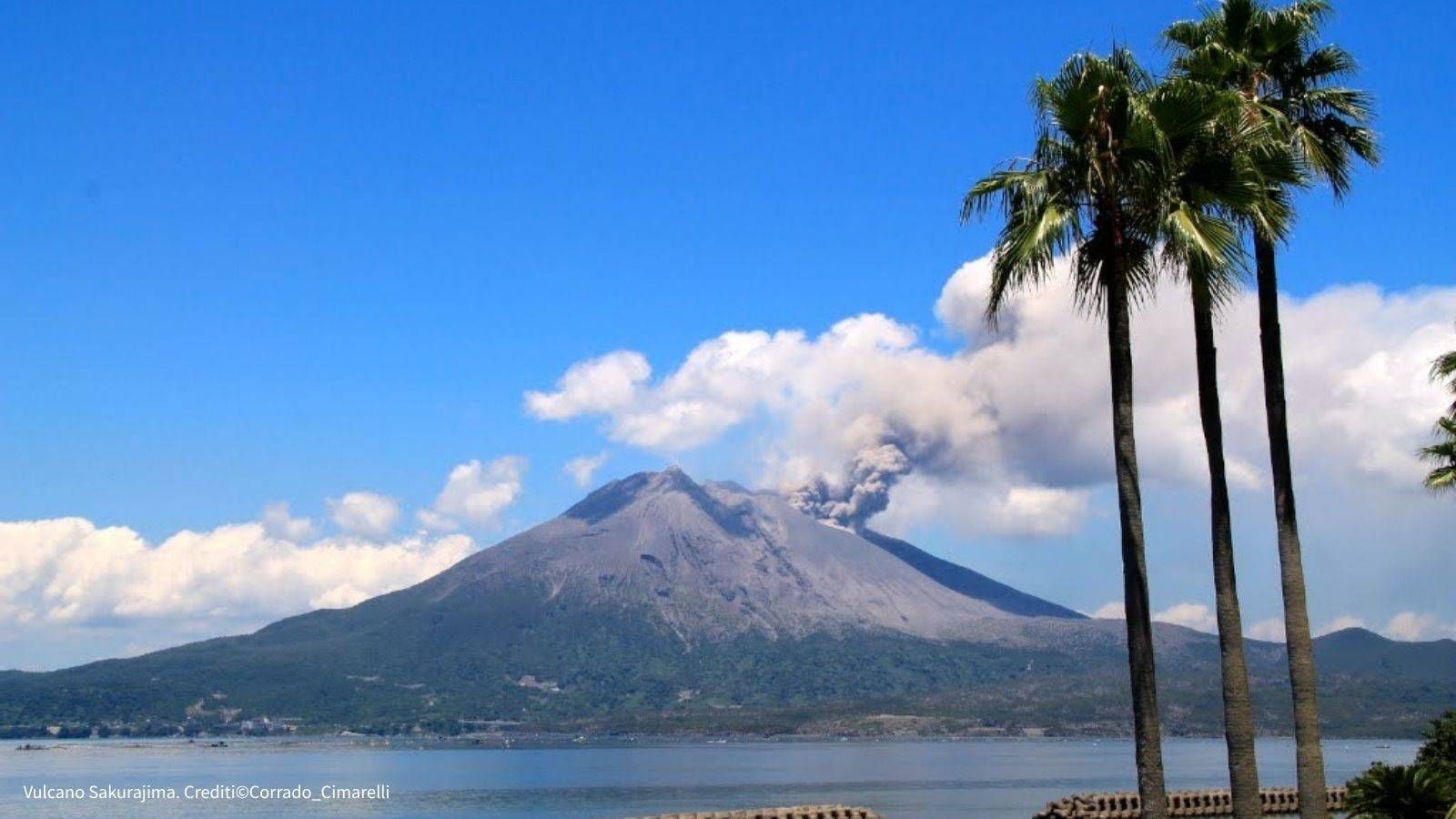Explosive magma: Nanocrystal formation doubles viscosity, revealing new eruptive scenarios

An international research team, led by Pedro Valdivia Muñoz of the Bayerisches Geoinstitut (Germany) and coordinated by Danilo Di Genova of the Institute of Science, Technology and Sustainability for the Development of Ceramic Materials (ISSMC) of the National Research Council (CNR) in Rome, with important contributions from other colleagues at the Bayerisches Geoinstitut and the University of Roma Tre, has discovered a nanoscale mechanism that can make magma up to 30 times more viscous, and therefore more explosive, almost instantaneously .
The study, published in the prestigious journal Communications Earth & Environment , used advanced imaging techniques to observe, for the first time in real time, the formation of "nanoliths" - crystals of iron and titanium oxide smaller than a thousandth of the diameter of a hair - in an andesitic magma. The latter is a type of magma with a typically intermediate viscosity, common in many volcanoes with explosive behavior. This investigative ability, which saw the team pioneer in filming the formation of nanocrystals in glassy systems, opens up new perspectives not only for volcanology but also for the design of advanced materials such as industrial glass-ceramics, where the control of nanocrystallization is fundamental .
" We saw that these nanoliths form within seconds once the magma reaches certain conditions, " says Pedro Valdivia Muñoz of the Bavarian Geoinstitut, first author of the study and a PhD student supervised by Danilo Di Genova . " But the real surprise is the ripple effect they trigger. Instead of being simple dispersed solid particles, the nanoliths chemically alter the surrounding magma. Silica-enriched zones are created around the crystals, which are simultaneously surrounded by aluminum-rich shells. This chemical heterogeneity at the nanoscale is truly responsible for the impressive increase in viscosity ."
The mechanism is therefore more complex than previously thought. " It is not just the progressive depletion of iron in the liquid magma or the physical bulk created by the crystals ," continues the researcher . " It is the chemical reorganization on a nanoscale that radically modifies the behavior of the magma, significantly increasing its viscosity and thus making it flow with much more difficulty ."

Image credits Corrado Cimarelli
These findings have direct implications for the understanding of andesitic eruptions, typical of volcanoes such as Sakurajima in Japan , whose magmatic composition has been used as a reference for some experiments. " The rapid formation of nanoliths and the consequent increase in viscosity during magma ascent could be key factors leading to explosive fragmentation. Furthermore, these heterogeneous zones could influence the propagation of fractures in the magma and even facilitate the formation of gas bubbles, further amplifying the explosive potential ", concludes Di Genova .
The research, which combines high-temperature in situ experiments with sophisticated nanoscopic analysis and viscosity modeling, opens new avenues for assessing volcanic hazard, suggesting that even the smallest chemical and structural changes in the heart of magma can have devastating macroscopic consequences . This study not only enriches volcanology, but also offers new insights for the design of advanced materials, such as industrial glass-ceramics, where controlling nanocrystallization is crucial to their properties.
Cover image made with the contribution of Gemini
Adnkronos International (AKI)





